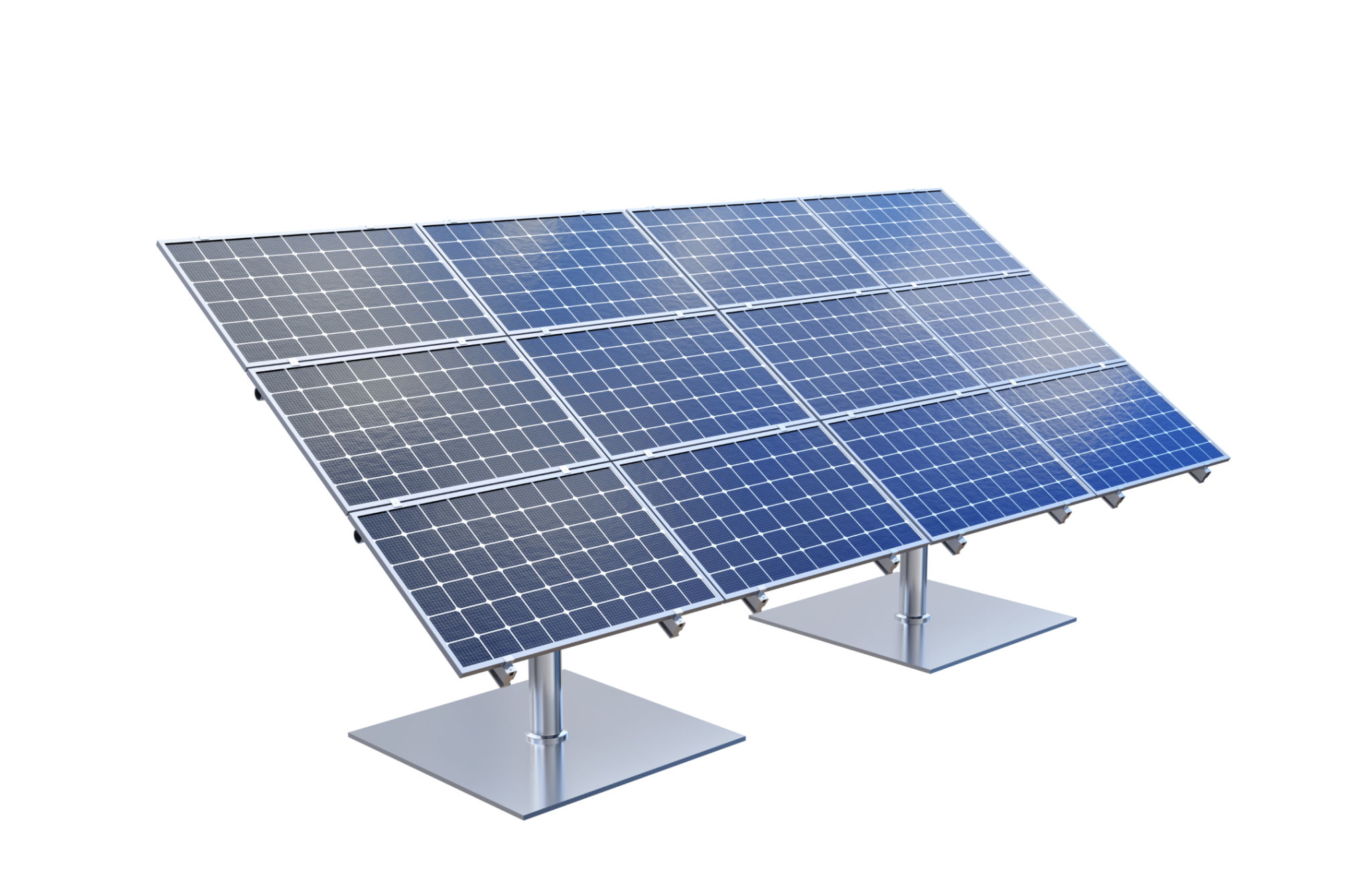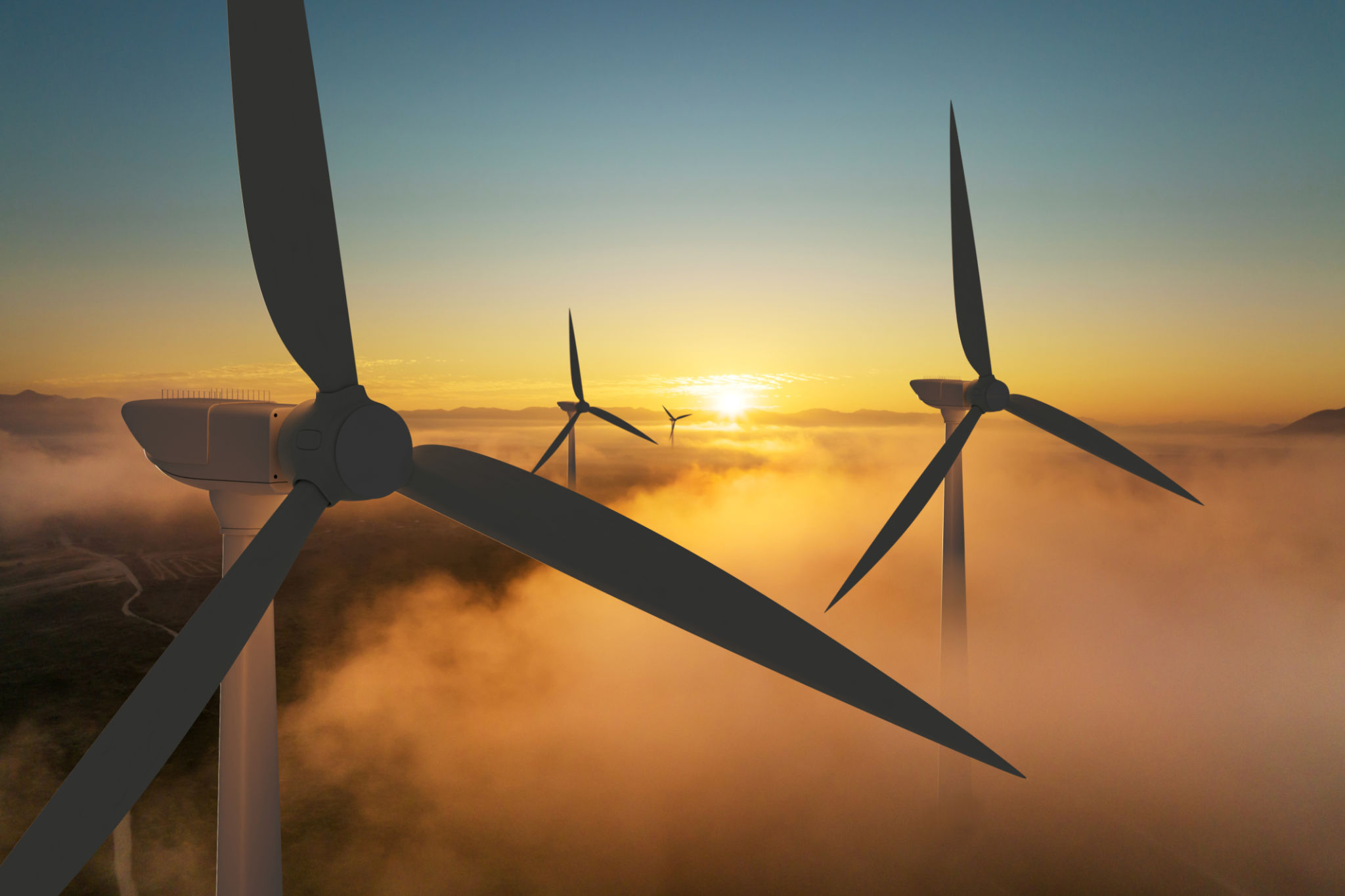How to Choose the Right Clean Energy System for Your Home
As the world increasingly focuses on sustainability, more homeowners are considering clean energy systems to power their homes. However, with a variety of options available, choosing the right system can be daunting. This guide will help you make an informed decision, ensuring your home is energy-efficient and environmentally friendly.
Understanding Your Energy Needs
The first step in choosing a clean energy system is understanding your household's energy consumption. Analyze your utility bills to determine your average monthly energy usage. This information will help you decide what size and type of system you need. Remember, a system that's too small won't meet your needs, while one that's too large could be unnecessarily expensive.

Evaluating Your Home's Potential
Before investing in a clean energy system, assess your home's potential for generating renewable energy. Consider factors such as location, roof size, and orientation. Homes in sunny areas with large, south-facing roofs are ideal for solar panels, while those in windy regions might benefit more from wind turbines. Conducting a site assessment can provide valuable insights into what system suits your home best.
Exploring Different Clean Energy Options
There are several types of clean energy systems to consider. The most common include:
- Solar Power: Utilizes photovoltaic panels to convert sunlight into electricity.
- Wind Energy: Uses wind turbines to generate power.
- Geothermal Systems: Harnesses the Earth's natural heat to provide heating and cooling.
- Hydropower: Suitable for homes near running water sources, using water flow to generate electricity.

Considering Installation and Maintenance Costs
Cost is a significant factor when choosing a clean energy system. While solar and wind systems have higher upfront costs, they often pay for themselves over time through reduced energy bills. Geothermal systems may have lower installation costs but consider ongoing maintenance expenses. Research incentives and tax credits available in your area, as these can significantly offset initial costs.
Assessing Environmental Impact
The primary motivation for switching to clean energy is to reduce your carbon footprint. Consider the environmental impact of each option. For example, solar panels have long lifespans and low emissions during operation, while wind turbines may impact local wildlife. Choose a system that aligns with your environmental values and goals.

Consulting with Professionals
Once you've researched the options, consult with professionals to get expert advice tailored to your specific needs. They can provide detailed evaluations, offer cost estimates, and ensure proper installation. A professional can also help you navigate any necessary permits or regulations in your area.
In conclusion, selecting the right clean energy system for your home involves careful consideration of various factors. By understanding your energy needs, evaluating potential options, and consulting with experts, you can make an informed decision that benefits both your household and the environment. Embrace the transition to renewable energy and contribute to a sustainable future for all.